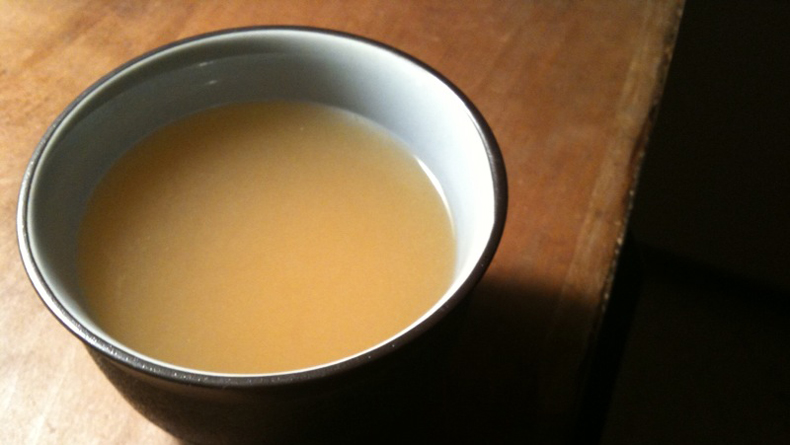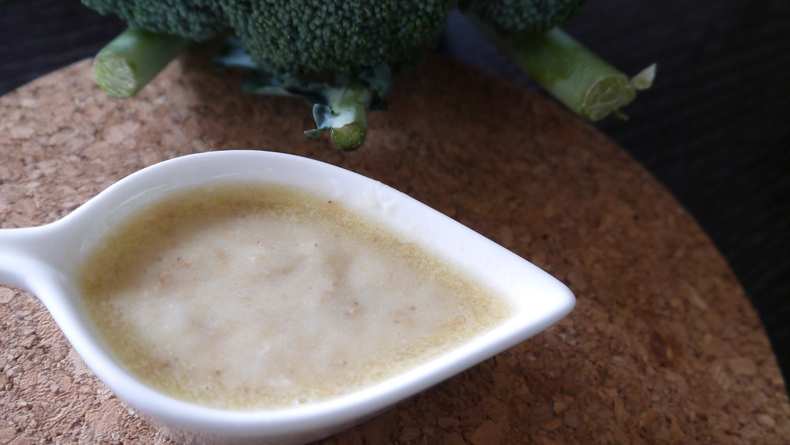Japanese Superfoods: Miso
Although the rest of the world may have jumped on the kale, coconut oil and raw cacao obsession of “super foods,” we are so lucky in Japan to have easy and everyday access to some amazing traditional health foods from one of the most well-preserved, beautiful and longest living cultures in the world.

What Is Miso
Miso is a paste made from fermented soybeans, often combined with rice or barley, and is most commonly used in Japanese cooking as a daily staple soup enjoyed with meals. There are many varieties of miso, and it has been likened to fine wine in that each one has a different flavor, color and aroma.
Miso Health Benefits
There may be controversy surrounding the consumption of soy by some, but once it is fermented, this is undeniably where the magic happens with the miso. Fermented and cultured foods (including sauerkraut, kombucha, yogurt and kim chee) have played a central role in the diets of many ancient cultures for thousands of years due to their amazing health benefits, and miso is the stand out one for the Japanese. The process of fermenting food not only preserves it and adds to the taste factor, but most importantly it results in a probiotic powerhouse, which boosts good, gut-friendly bacteria in our intestinal tract, essential for a healthy body.
About 80 percent of our immune system is housed in our digestive tract. For this reason, it is so important that we maintain the right balance and ensure we have an abundance of good bacteria in our digestive system, which is where the millions of microorganisms that are present in miso can help out.
A healthy intestinal tract full of good bacteria can aid in proper digestion, increased immunity, clearer skin, weight loss, less bloating, and better absorption of food and its nutrients. An unhealthy gut with an overgrowth of bad bacteria has been linked to food allergies, headaches, irritable bowel syndrome, obesity, autoimmune conditions, and even depression.
Research has shown that miso is also a good source of antioxidants, which are essential in fighting free radicals that cause inflammation, disease and aging in the body. It is also thought that miso can have anti-cancer properties, help avoid osteoporosis, alkalize the body and remove heavy metals.
So overall, miso is a worthy addition to your next shopping list! In order to get the greatest benefit out of your miso, it is best to stick to good quality darker varieties, as they have been fermented for longer periods and contain the highest levels of good gut boosting bacteria.

How to Use It
Miso paste is most simply used in Japanese cooking to make the staple dish of miso soup, a mix of warm water, miso paste and often tofu and wakame (a type of seaweed). But to get creative, you could also try out this vinaigrette for a healthy alternative to store bought salad dressings. It pairs great with a fresh, leafy green salad topped with grilled chicken.
Sesame Ginger Vinaigrette
What You Need
1 tablespoon dark miso paste
1 ½ tablespoons rice vinegar
1 teaspoon fresh grated ginger
2 tablespoons sesame seeds
80 milliliters extra virgin olive oil (or sesame oil)
1 teaspoon honey
1 tablespoon tahini (optional but gives a creamier texture)
What to Do
Add all ingredients to a glass jar and shake until well combined.
Don’t forget to try the special Savvy Tokyo Carrot, Ginger and Miso Soup, too!
Miso soup photo by The Delicious Life.











